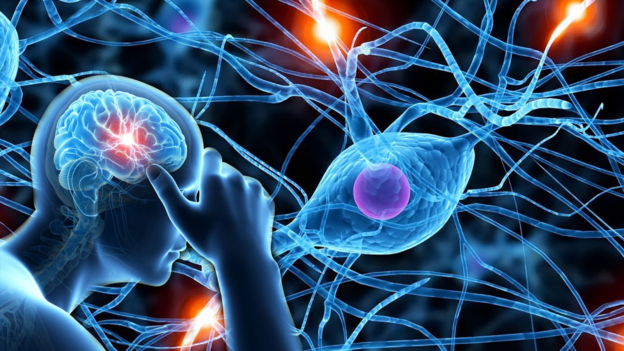Course Description
Neurosomatics operates on the seam between the mind and the body. It merges body-oriented approaches to psychotherapy with psychological perspectives to physical symptoms. It shows how deeply held attitudes and beliefs are reflected within the individual’s physical structure and function. We explore working with trauma and post-traumatic stress as manifested in the body; using the principles of deep tissue and structural work; creative approaches to working with armoring and defending in our clients; and working alliances with allied health professionals. Teachers learn to develop energy awareness in their hands and to use it in healing. We also learn how to direct our own internal energy into the patient’s body in order to create a more harmonious flow of energy through the channels and collateral vessels.
Through movement exercises, visualization, and hands-on techniques we learn re-patterning for functional problems that can be the underlying cause of chronic physical stress. We learn the kinesiological principles that govern coordination to improve all movement from the everyday to the most demanding skill. Sessions draw from the neuromuscular education disciplines of the Alexander Technique, Feldenkrais, and Rolfing. We also explore grounding, vertical and diagonal thoroughness of the body, shaping, and connectedness.
Topics covered:
- Anatomical study of sensory awareness, self-development, and healing
- Use of anatomical knowledge for diagnosis, counseling, and therapy
- Neural, neurohormonal, and neuromuscular systems
- Arousal and stress
- Use of hypnotherapy to directly tap into the unconscious, reach to the roots of addictive behaviors, and replace them with preferred patterns
- Relationships of body and character structures develop: how interpersonal dynamics is embodied and how somatic experiences influence our psychology
- Fight-flight-freeze modes of instinctive reactions
- Principles of trauma therapy
- Theory and practice of somatically oriented psychology
- Body language and physical boundaries
- Body/mind integrative practices
- Reich’s work
- Bioenergetics
- Imagery work
- Emotional gestures
- Neural Programming
- Hypnotherapy and suggestion
This course introduces the main somatic and energy medicine tools used when working with clients to assist them in their healing process. Client-Healer relationships are an intricate dance of communication, trust, and support. Building upon our basic neurosomatics skills, students learn and practice advanced techniques that deepen our experience and enriches their repertoire of tools.
In this course students practice several forms of breathing techniques and ecstatic movements and postures. Students focus on the main energy flows of the body, identifying constrictions, and methods to assist in their release. Emphasis is on neurorespiratory and neuromuscular integration.



